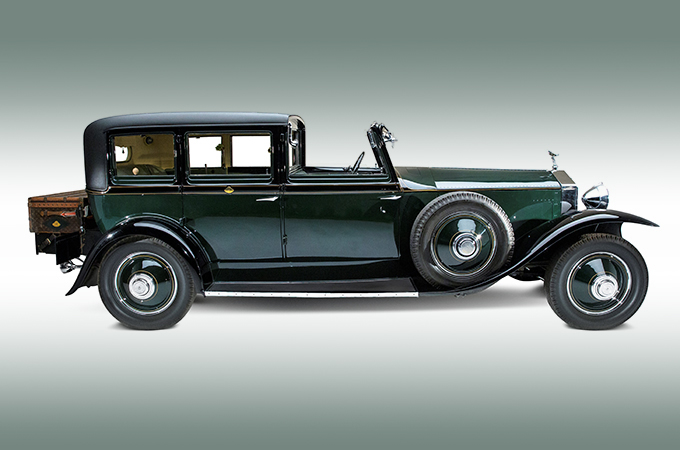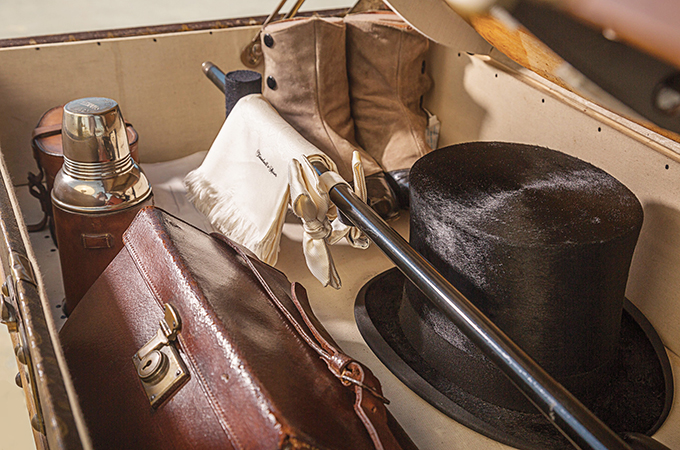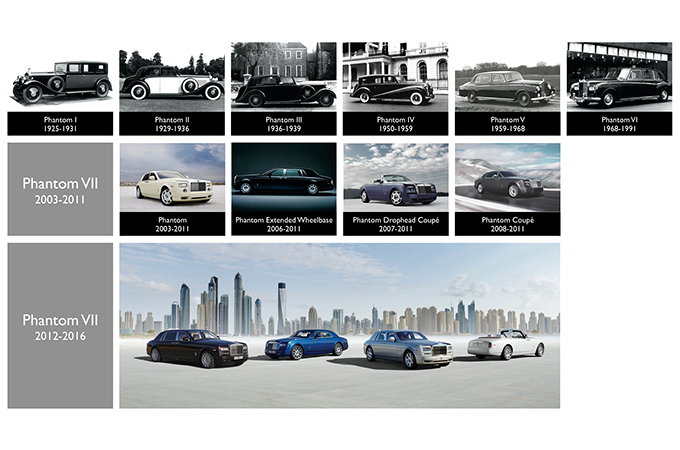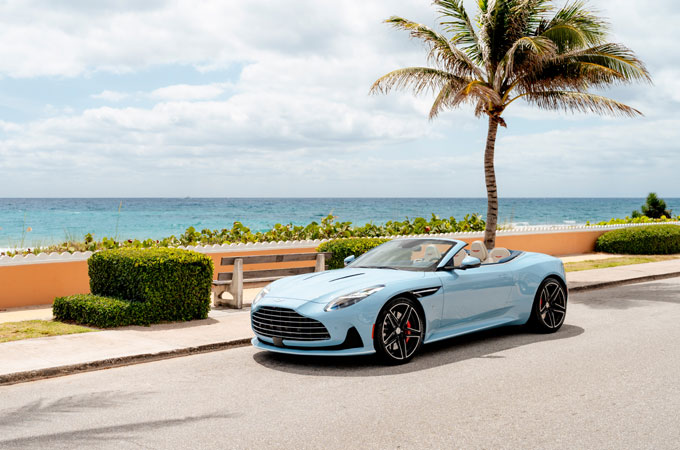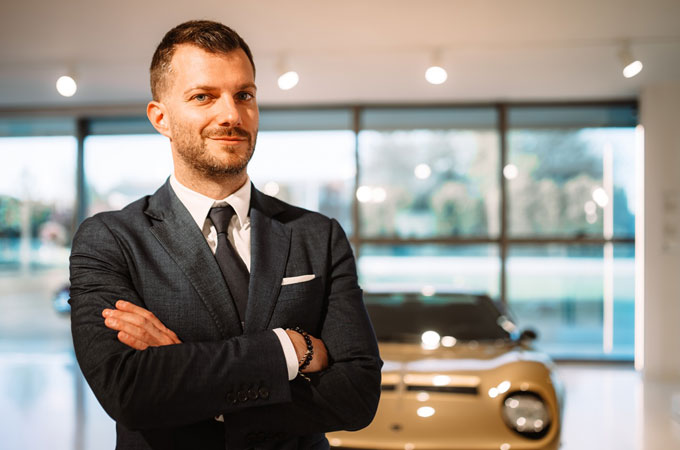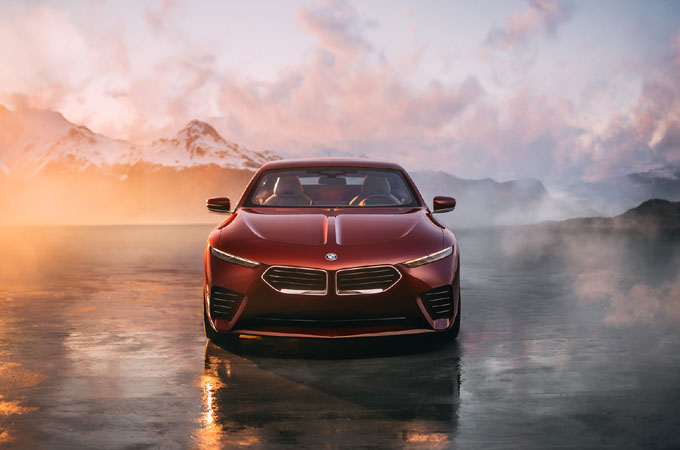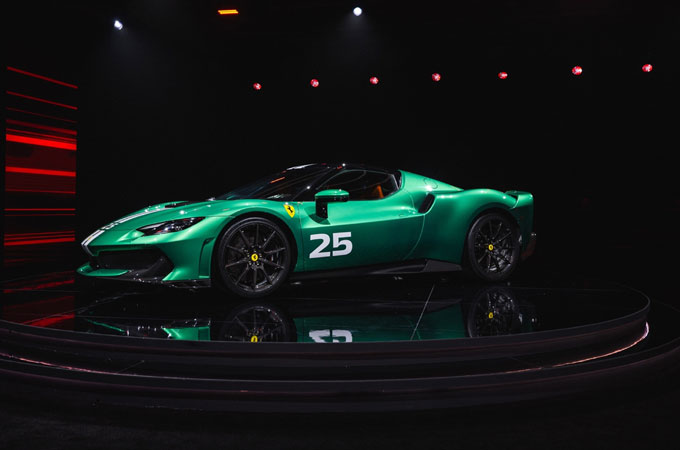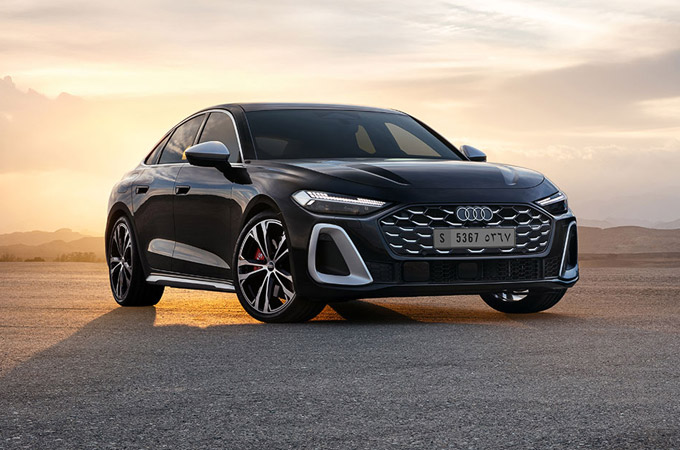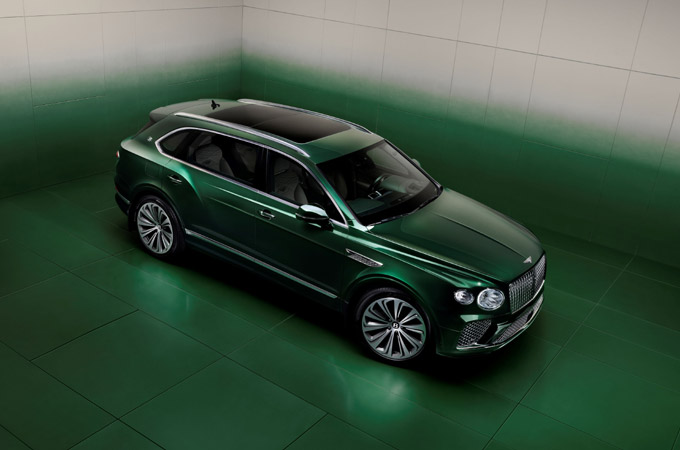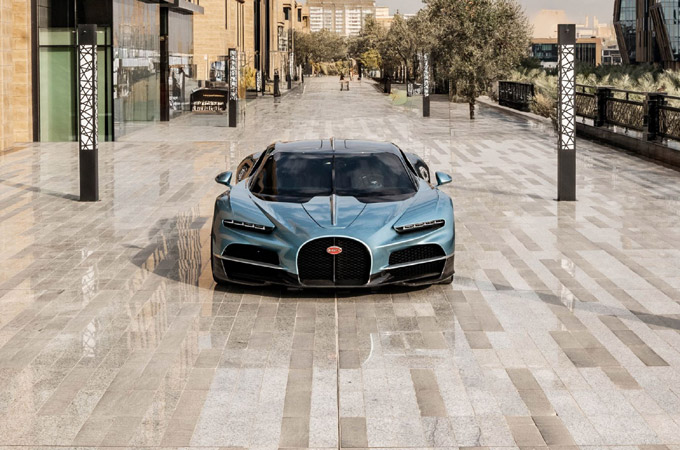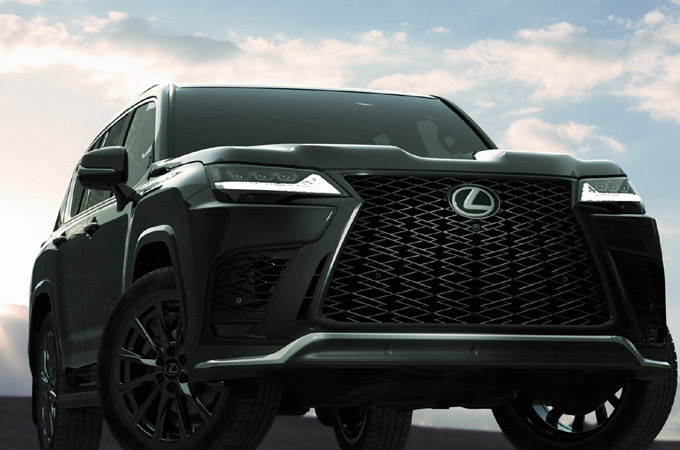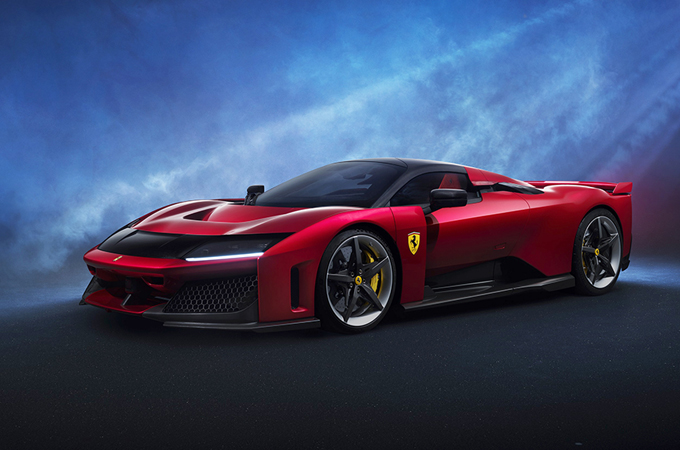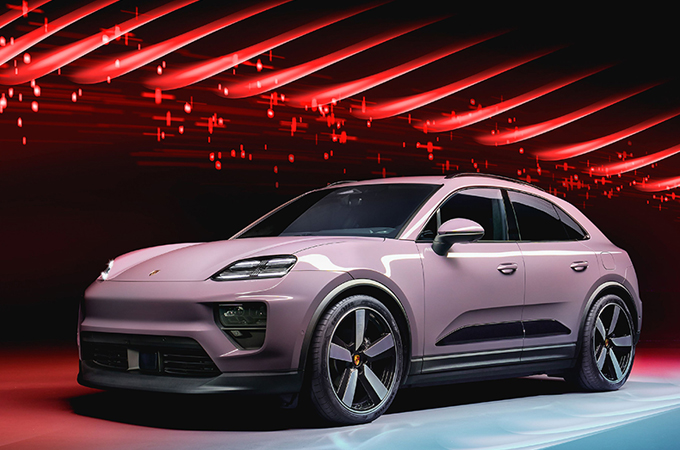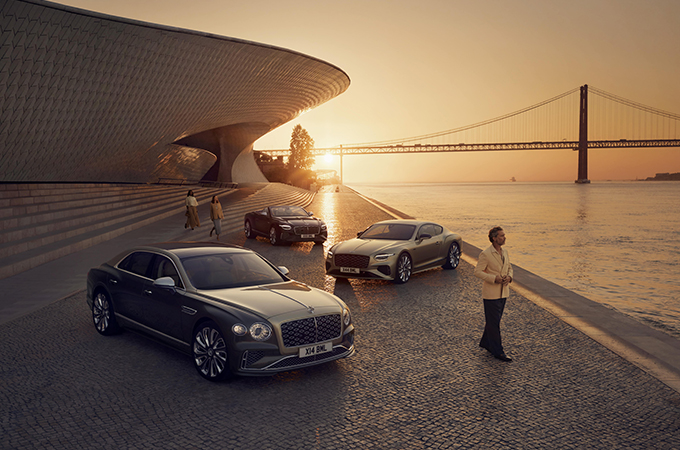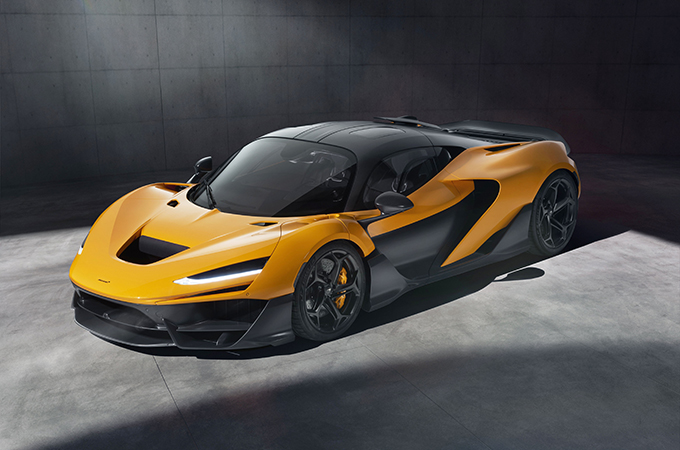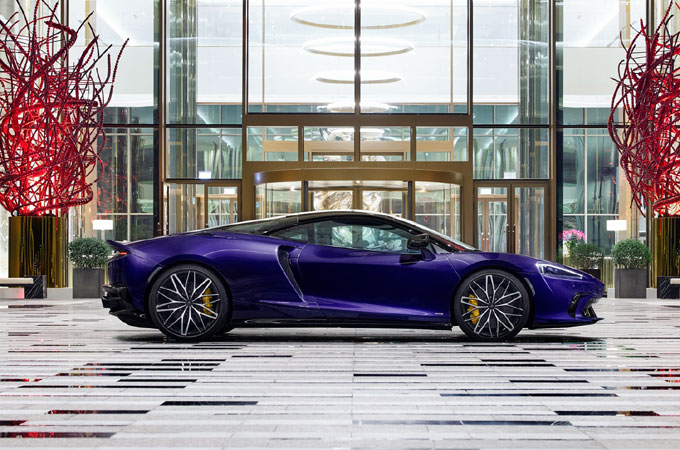Sun, Jun 11, 2017
Rolls Royce will hold a special exhibition in London next month to welcome its next generation Phantom model.
The exhibition, called the Great Eight Phantoms, will gather together the greatest Phantoms from the last 92 years and open in Mayfair on July 27.
In the run-up to the event, the company will announce which great Phantoms will make the journey to London from all around the world.
The first of these iconic stories will be about The Fred Astaire Phantom I, which is loaned to the exhibition by its owner, the Petersen Museum in Los Angeles.
Since its launch in 1925, the Phantom has served superstars, celebrities and the world’s most influential and powerful men and women. Production of the seventh-generation Phantom stopped at the end of last year.
PHANTOM HISTORY
Rolls-Royce began producing the Phantom I in 1925. The car was developed in great secrecy, with the project code-named Eastern Armoured Car and was an instant success. The new 7.668-litre straight-six engine gave the car a fresh spring in its step. When General Motors opened a testing ground in Michigan, it was discovered that no cars could manage even two laps of the 4-mile circuit at full throttle without damaging their engines’ big ends – where the piston attaches to the crankshaft. However, Phantom I performed managed that at a steady 80 mph without failure.
Sir Henry Royce’s restless desire to “take the best that exists and make it better” quickly led to the creation of the Phantom II in 1929, this time with a totally new chassis, which significantly improved the handling, as well as a redesigned engine.
The next Phantom was to be Sir Henry Royce’s last project. He passed away in 1933, aged 70, about 12 months into the development of this next Phantom. The finished model, with its 12 cylinder engine, was unveiled two years later and production lasted from 1936 until the Second World War. The final chassis was produced in 1941, although the war meant it did not receive its coachwork until 1947.
In 1950, Phantom IV appeared. The car was originally intended to be a one-off for Prince Philip and the-then Princess Elizabeth. However, once seen, a further 17 were commissioned at the request of other royal families and heads of state around the world. Fitted with a straight-eight engine, it performed superbly at low speeds – essential for taking part in ceremonial parades – and featured the kneeling version of the famous Spirit of Ecstasy bonnet mascot.
The Phantom V was produced between 1959 and 1968 and 516 of this hugely successful model were made for clients including the Queen Mother, governors of Hong Kong, King Olav of Norway and John Lennon.
The long-running Phantom VI (1968-90) carried on the royal connection, notably with the Silver Jubilee Car, a raised-roof version presented to Queen Elizabeth II in 1977 by the British motor industry to celebrate her 25 years on the throne, and later famously used at the wedding of the Duke and Duchess of Cambridge.
In 2003, Phantom VII marked the start of Rolls-Royce’s renaissance at its new home in Goodwood, West Sussex. It arrived with a 453bhp 6.75-litre V12 – enough to propel it from 0-62mph in 5.9 seconds – and every possible comfort a new breed of discerning luxury consumer could desire. Production of the Phantom VII ceased 13 years later at the end of 2016.
The Great Eight Phantoms exhibition will include some very singular cars indeed, all owned at some point by famous individuals, and having played their part in witnessing the making of world history, the British carmaker says.



